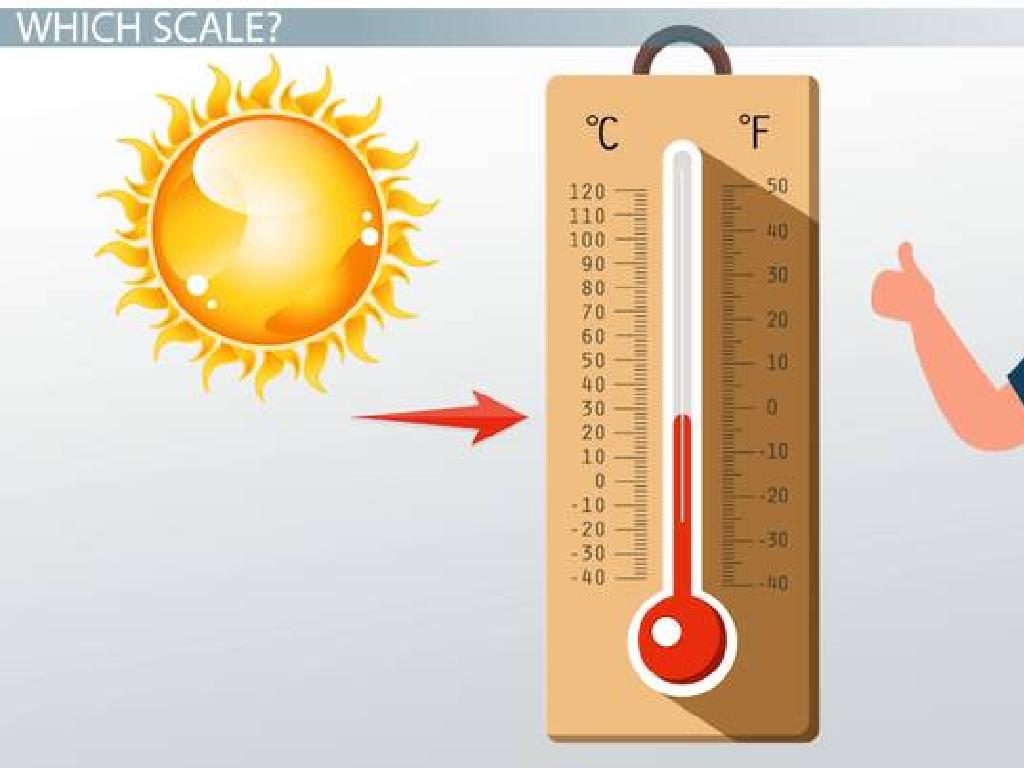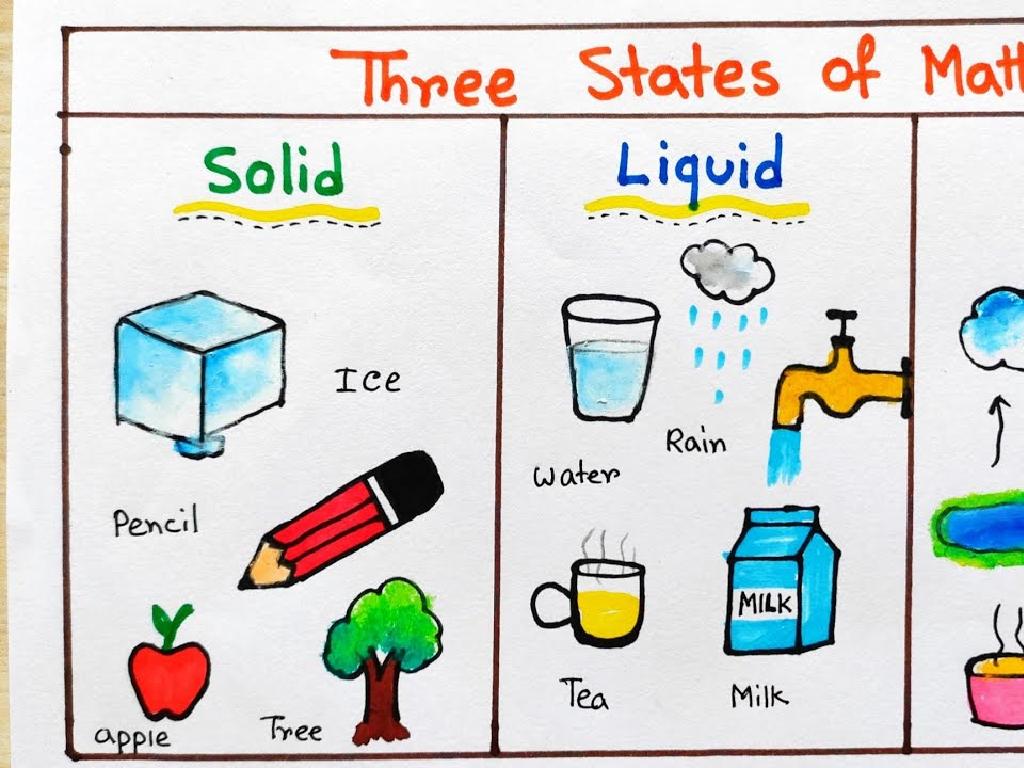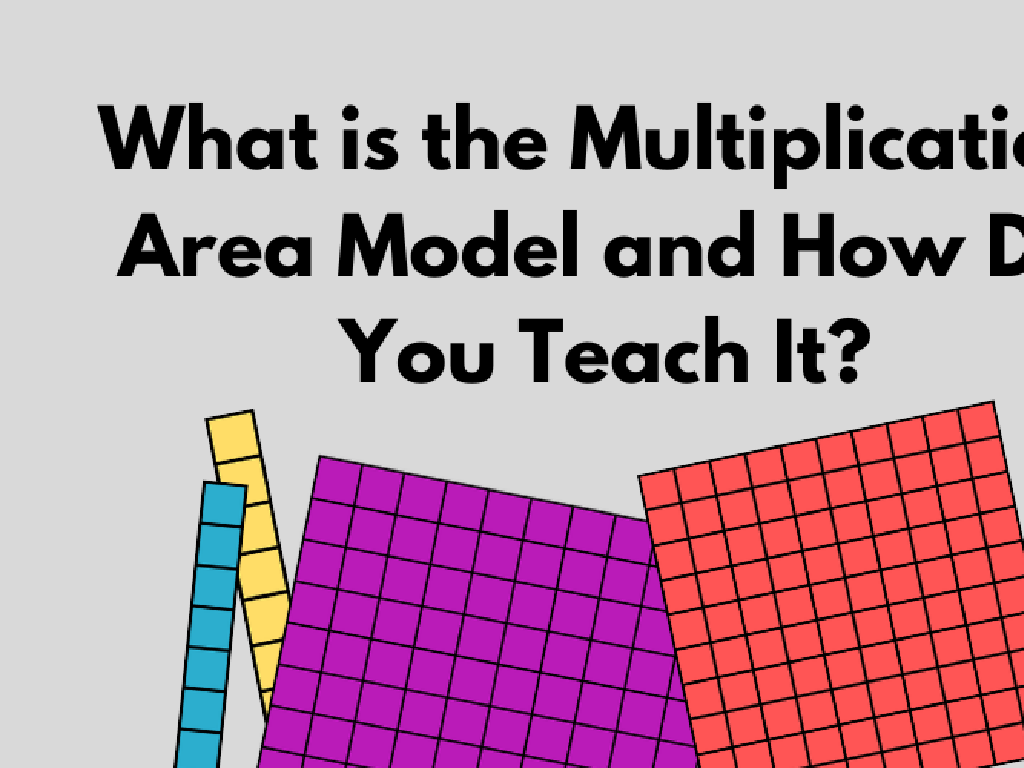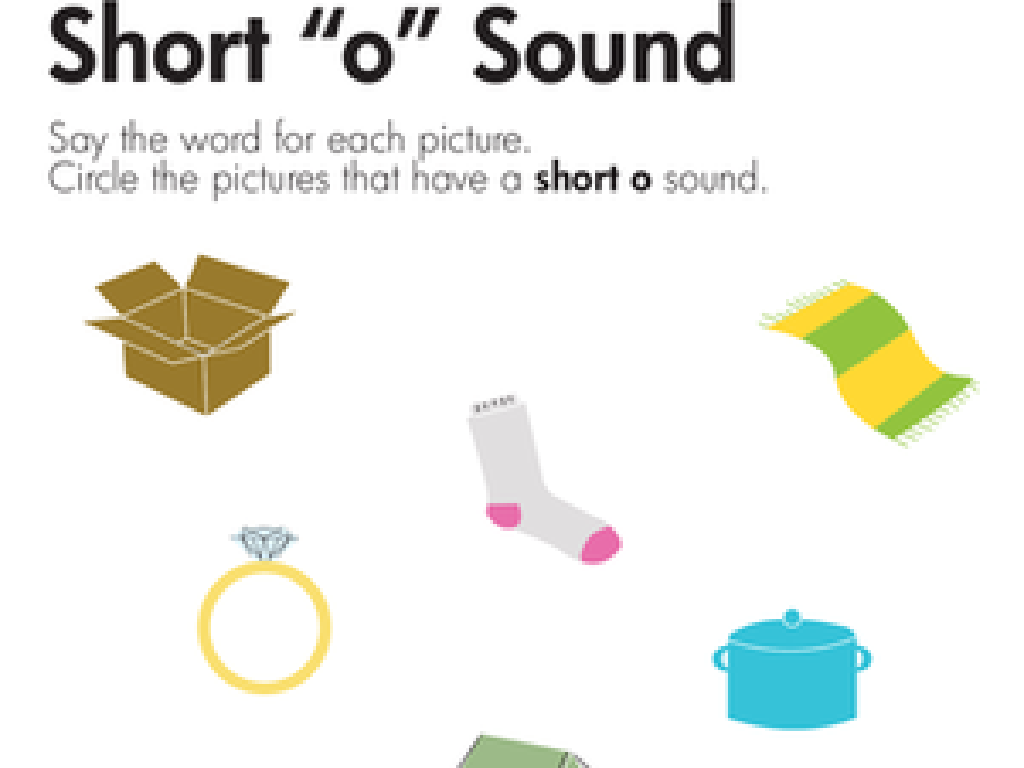Comparison Word Problems Up To 20: What Is The Smaller Amount?
Subject: Math
Grade: First grade
Topic: Comparison Word Problems Up To 20
Please LOG IN to download the presentation. Access is available to registered users only.
View More Content
Comparing Numbers Up to 20
– Learn to compare numbers
– Discover bigger and smaller
– Which number is smaller: 8 or 15?
– Use numbers up to 20
– Fun comparison activities
– We’ll play games to find smaller amounts
|
This slide introduces the concept of comparing numbers within the range of 1 to 20. The goal is to help students understand the idea of ‘bigger’ and ‘smaller’ when looking at two different numbers. Start by explaining that comparing numbers means looking at two numbers to see which one is greater in value or which one is less. Use visual aids like number lines or counters to help students grasp the concept. Engage the class with interactive activities where they can practice comparing numbers by playing games that involve identifying which of two numbers is smaller. This hands-on approach will make the learning process enjoyable and memorable for first graders.
Understanding ‘Smaller’ in Comparisons
– ‘Smaller’ compares two things
– It shows which one is less
– Use objects to find ‘smaller’
– Count apples in two groups to see which has fewer
– Practice with real examples
– Example: 3 apples vs. 5 apples, 3 is the smaller amount
|
This slide introduces the concept of ‘smaller’ to first graders, helping them understand comparison in a tangible way. Start by explaining that ‘smaller’ is a way to compare the size or amount of two different things. Emphasize that ‘smaller’ means not as big or less in quantity. Use relatable items like apples to demonstrate this concept, as hands-on examples are very effective at this age. Encourage students to practice by comparing different sets of items to identify which set has the smaller amount. Provide several examples and possibly use visual aids or actual objects to reinforce the concept. The goal is for students to be able to recognize and use the term ‘smaller’ when comparing quantities up to 20.
Let’s Compare Numbers!
– Numbers show quantity
– Use a number line to compare
– A line with numbers in order helps us see which number is less
– Numbers close to 1 are smaller
– Find which number is nearer to the start of the line
– Practice with examples
– Let’s find smaller numbers in problems together
|
This slide introduces first graders to the concept of comparing numbers to determine which is smaller. Start by explaining that numbers represent quantities and can be compared. Introduce the number line as a visual tool to help them understand the concept of comparison. Emphasize that on a number line, numbers increase as you move right, so the numbers closer to 1 are smaller. Provide examples of simple comparison word problems and demonstrate how to use a number line to find the smaller amount. Encourage students to practice with their own examples and ensure they understand that the number closer to the start of the line (which is 1) is the smaller number.
Finding the Smaller Number in Stories
– Stories can have numbers
– We find the smaller number
– Which number is less? 3 apples or 5 apples?
– Read stories together
– Discover the smaller number
– Practice with: ‘Tom has 4 balloons, Jerry has 7. Who has fewer?’
|
This slide introduces first graders to the concept of comparison in word problems, focusing on identifying the smaller amount. Start by explaining that word problems are like stories that involve numbers. Emphasize that their task is to find which number is smaller. Read the problems aloud as a class to make it interactive and engaging. Encourage the students to visualize the problem to better understand it. Provide examples and guide them through the process of finding the smaller number. For instance, use simple and relatable scenarios such as comparing quantities of fruits or toys. This will help them grasp the concept of comparison in a fun and practical way.
Finding the Smaller Amount
– Compare two sets of items
– Identify the smaller number
– Who has fewer apples, Tom with 5 or Sara with 8?
– Use subtraction to find differences
– Subtract to see how many more one has: 8 – 5 = 3
– Practice with example problem
– Tom has 5 apples, Sara has 8. Who has less?
|
This slide introduces students to comparison word problems focusing on identifying the smaller amount. Start by explaining that comparing means looking at two different things to see what is different about them. Use simple, relatable examples like comparing the number of apples two people have. Encourage students to use subtraction to find out how many more items one set has over another, reinforcing the concept that the smaller number indicates the smaller amount. The example problem with Tom and Sara’s apples is a practical application of this concept. During the class, have students practice with similar problems and ensure they understand how to find the smaller number in a pair.
Practice Time: Finding the Smaller Number
– Try solving a comparison problem
– Look for clues in the story
– Words like ‘less’, ‘fewer’, or ‘smaller’ can help
– Compare to find the smaller number
– Use objects or drawings to visualize
– Think about numbers less than 20
|
This slide is designed to engage students in a hands-on activity where they apply their knowledge of comparison word problems. Encourage them to read the problem carefully and look for keywords that indicate comparison, such as ‘less than’, ‘fewer than’, or ‘smaller than’. Remind them to visualize the problem using objects or drawings to help compare the numbers. Reinforce that they should only be working with numbers up to 20 and to focus on identifying which number is smaller. For the activity, provide several problems of varying difficulty and ensure to walk around the classroom to assist students who may need additional guidance. Possible activities could include using manipulatives, drawing pictures, or acting out the problem with classmates.
Class Activity: Number Line Hop
– Draw a number line on the floor
– Hop to your number spot
– Compare numbers with a friend
– Find the smaller number
|
This interactive activity is designed to help first graders understand comparison word problems involving numbers up to 20. Teachers will draw a large number line on the classroom floor. Each student will receive a number card and will be asked to hop to the corresponding spot on the number line. After reaching their spot, students will pair up to compare their numbers and determine who has the smaller number. This activity not only makes learning fun but also reinforces the concept of number magnitude and comparison. For variation, students can be asked to find the larger number, or to order themselves from smallest to largest. Teachers should ensure that each student gets a turn and that they are correctly identifying the smaller of the two numbers during comparisons.
Celebrating Our Comparison Skills!
– Congratulations on learning!
– Comparing numbers is useful
– It helps in shopping, sharing, and saving
– Practice makes perfect
– Try with toys, snacks, or storybook pages
– Share what you’ve learned
– Teach friends and family about smaller amounts
|
This slide wraps up the lesson on comparison word problems up to 20, focusing on identifying the smaller amount. It’s a moment to celebrate the students’ achievements and remind them of the practical applications of comparing numbers, such as in everyday activities like shopping or dividing treats. Encourage the students to continue practicing by comparing objects around them, and to involve their friends and family in their learning journey. This will help reinforce their understanding and make the concept more enjoyable. As a teacher, provide examples of simple comparison games they can play at home, like comparing the number of apples to oranges in a fruit bowl or the number of cars to bicycles in a picture.






